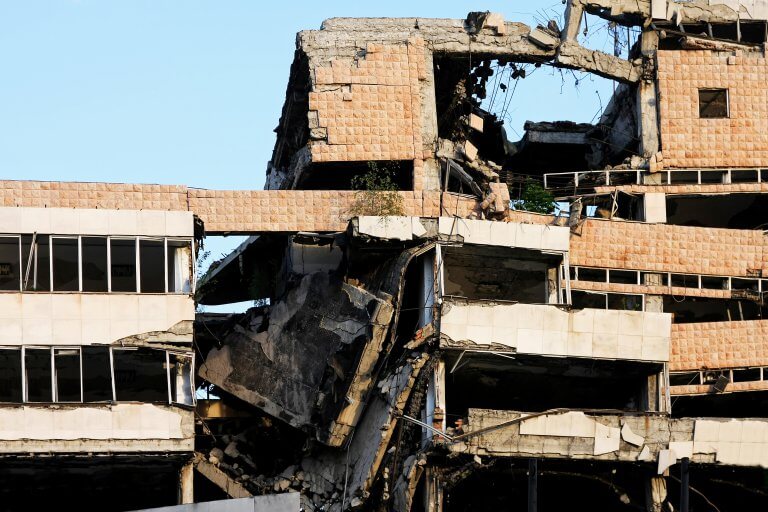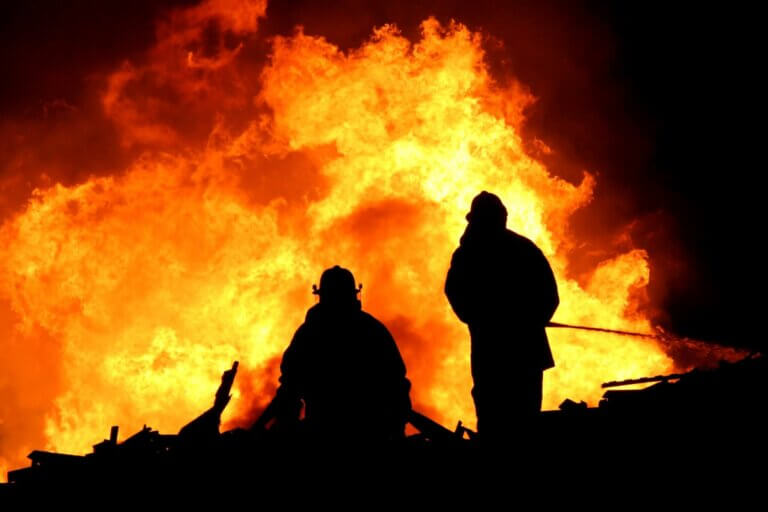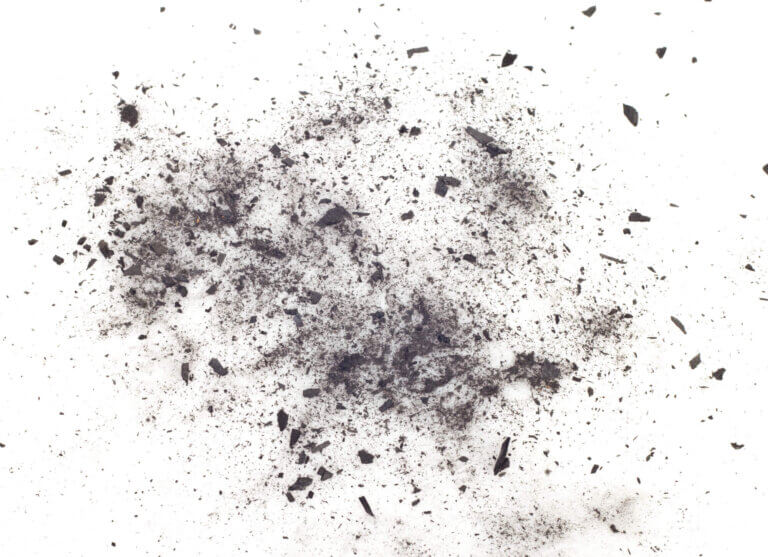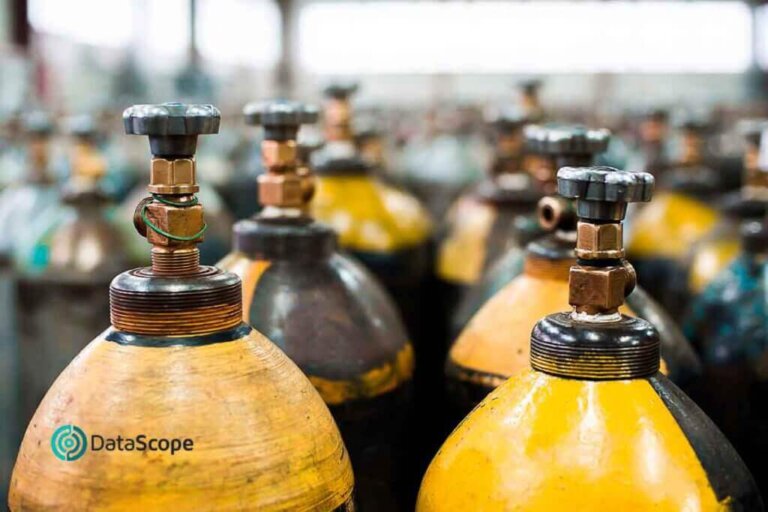The health emergency caused by the COVID-19 pandemic raises the need for companies in the mining sector to incorporate permanently updated action and prevention protocols into their occupational health and safety plans to avoid high impact risks. For this, it is necessary that all professionals in the area take constant training and improvement courses.
All successful economic development depends on the continuous execution of various strategic, productive and service activities. An incessant rhythm of work that, at the same time, can lead to accidents and damage to the health of workers, if the necessary preventive measures are not taken.
Such is the case, for example, of mining, one of the most important productive sectors for the world economy. In each of its fields, the staff is exposed daily to a large number of high impact risks and contingencies, derived from the very high-risk nature of this activity.
For this reason, the different companies in the sector, public and private, constantly implement demanding standards and preventive procedures, both for occupational health and safety. If applied efficiently, these allow to minimize the occurrence of incidents and accidents that can harm the workforce.
However, the current health contingency, derived from the COVID 19 pandemic, has caused a substantial alteration in what is now considered a mining occupational risk. This is explained because the high natural concentration of workers in mineral extraction or refining works generates, in turn, an enormous risk of transmission of this viral infection.
This can affect not only the health of a large number of workers, but also the productivity of companies. High impact risks exponentially grow as the scientific community identifies new strains more resistant to vaccines already applied among the mining workforce.
These new circumstances require mining companies to have more specialized occupational health and safety teams, whose specialists are not only suitable to face the dangers of a high-risk extractive activity, but also to prevent the uncontrolled spread of a viral infection. like the current one.
This implies, then, that the mining occupational safety experts also constantly improve and update their knowledge and skills in this specific area of health. In this way, they will always be able to act as a spearhead, in order to implement renewed prevention strategies, given the high impact risks that this new and complex pandemic scenario implies.
Modernize knowledge, protocols and minds in mining
Despite being an essential activity for national economies, mining companies have not been free from the impact caused by COVID-19, nor have they freed themselves from the demanding control guidelines established by the respective health authorities.
In fact, on many occasions, the confinement orders or mobilization restrictions, imposed during the last year and a half in various countries, have meant the partial, or even total, stoppage of operations in large strategic deposits.
All this to guarantee safe and healthy work environments, which not only prevent contagion between workers and their families, but also in all communities that may have direct or indirect contact with personnel who attend extractive operations (including drivers of buses, inspectors, or security guards, among others).
The first step was, without a doubt, the implementation of strict sanitary measures, such as temperature controls at the accesses to the deposits; registration of passengers in the transfers to the interior and exterior of the tasks; use of masks in everyday interaction; and maintaining physical distance between people during travel, going to dining rooms and using other common environments.
Added to this was the permanent sanitation of shared spaces and transfer vehicles. Aspects that became an essential part of the hygiene and safety tasks of each mining company. All of these requires, from the first moment, constantly training and, above all, qualified personnel.
But beyond the general measures, it was also necessary to promote important changes in the culture of the companies, in order to adapt to the variable dynamics of the new virological risk scenario.
For example, one of the first measures adopted was the modification of work regimes. According to studies carried out in Chile, at the end of 2020, by the international consulting firm Marsh, about 79% of mining companies have extended the periods of both stay in the unit and rest outside it. In this way, they can have better control over the appearance of workers who present symptoms of COVID-19.
This implies going from the traditional “7×7” scheme (seven days of work / seven days off), to one of the “14×14” type (fourteen days of work followed by fourteen days off). With this, companies achieve a better time of observation and application of health protocols, in the event of the potential appearance of a possible case of contagion.
Other important controls implemented by mining companies are accommodation facilities within camps. This has resulted in very noticeable changes in life itself and socialization within the site.
According to the same study carried out by Marsh, 55% of Chilean mining companies have chosen to directly reduce the general capacity; while another 33% have chosen to accommodate one person per room. In turn, 48% have installed panels on the dining room tables to reduce contact; and 45% temporarily suspended the use of the areas for sports practice.
On the other hand, around 55% of the companies have implemented engineering controls to minimize the risk of contagion. The most representative are the installation of closed cabins for the operators, the automation of processes through the use of new applications and technological tools, and the change of the ventilation system in the operating areas.
Similarly, 45% of the mining companies evaluated by Marsh implemented a program called “behavior observers”, designed to ensure compliance with the new hygiene and safety guidelines that seek to prevent contagion.
An authentic cultural transformation that has required enhancing the competencies, strengths and negotiation / leadership skills of those professionals in charge of Occupational Health and Safety. All this thought so that they can better guide the workforce, and help them advance along a highly complex transition path that, without a doubt, can cause friction, disagreements and potential sources of conflict.
Another focus of evolution has been the forced digitization of a large number of tasks. In this sense, today most companies have reduced the number of workers in those units that do not perform front-line work. This implies, for example, that currently the majority of administrative personnel operate in telework or remote work mode.
Consequently, companies must enhance their communication networks and digital equipment, which implies modernizing infrastructure, technical equipment and, in addition, training staff so that they can perform efficiently in this dimension, including both teams and leaders of area.
Permanent challenges
Along with these momentous changes in the workspace, mining companies also face the challenge of implementing and properly monitoring sanitary protocols off-site. That is, when workers are on their days off.
To address this scenario, the companies have chosen to disseminate communication campaigns, with the aim of sensitizing workers, so that they maintain and reinforce the hygiene and safety cares that are already applied within the works.
This implies the need to have professionals or communication specialists in the occupational health and safety team, capable of developing and transmitting effective messages with a high level of sensitive impact.
Likewise, another opportunity for improvement that is suggested to be implemented is the permanent training of the human resource dedicated to carrying out the personnel entry controls.
Since most companies use non-medical personnel for this task, it is recommended to provide them with adequate and constant training, to enhance their ability to identify the symptoms of the disease and avoid high impact risks. In this way, a timely and appropriate collection of information can be ensured, as well as a better action protocol in the presence of potential positive cases.







